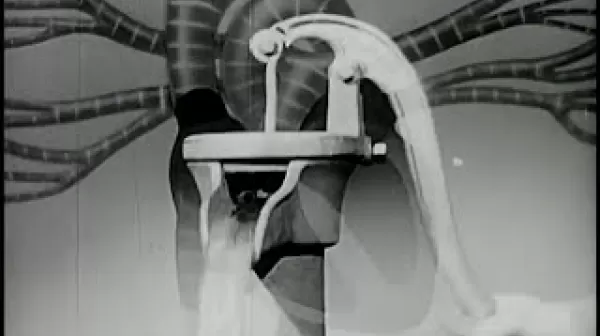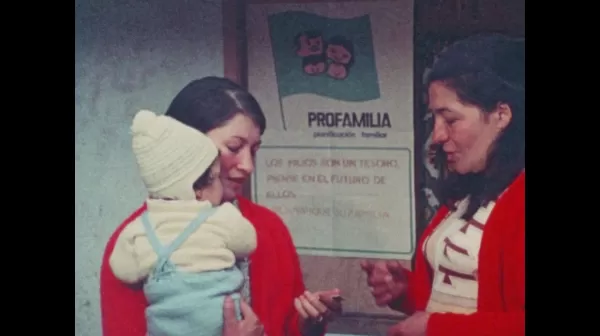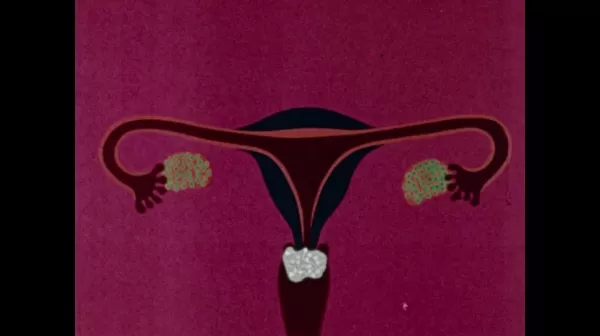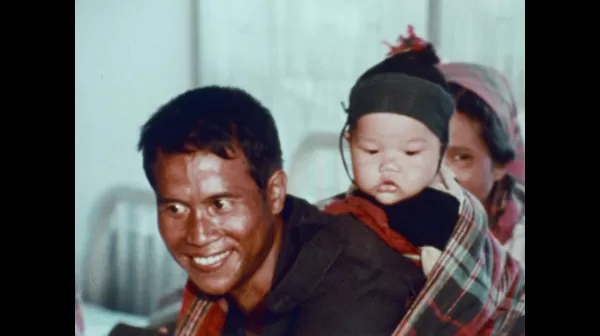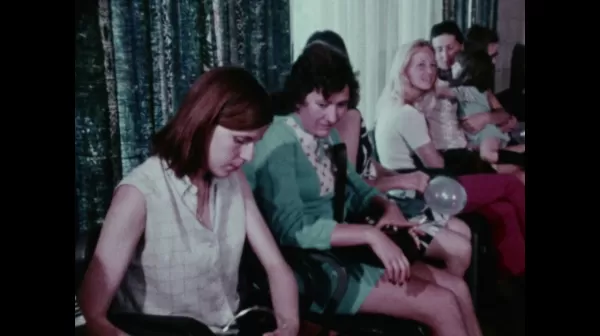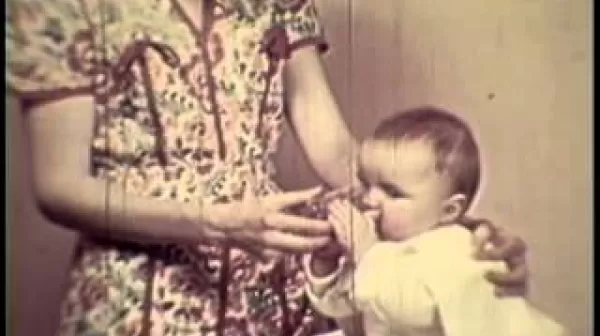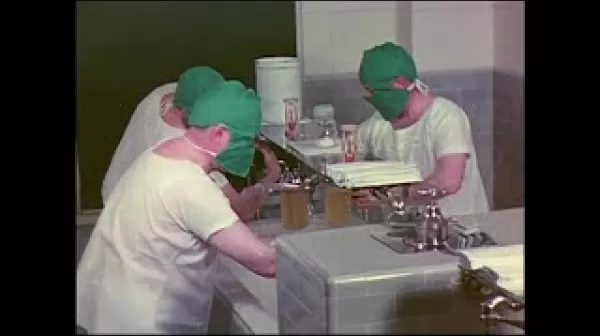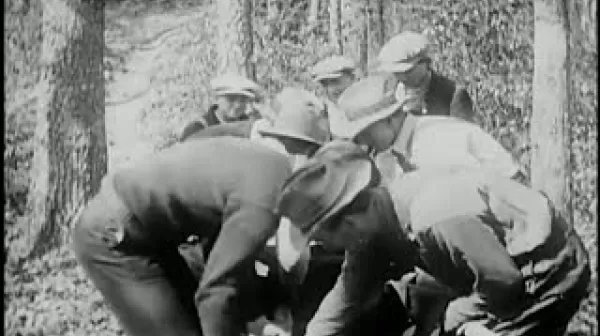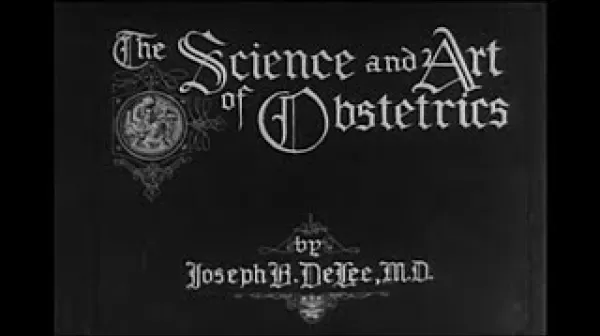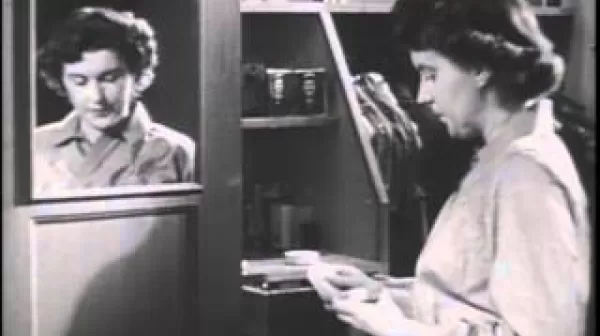Surgical Correction of Dissecting Aneurysm of Ascending Aorta... (Baylor College of Medicine, 1963)
This program presents a case of a thirty year old man with Marfan's syndrome to illustrate the surgical procedure for correcting a dissecting aneurysm of the ascending aorta with aortic valvular insufficiency. The patient's preoperative physical findings and aortograms which indicate the need for this surgery are presented. In this instance the entire ascending portion of the aorta is involved. The transverse and descending aorta are not considered unusual.



